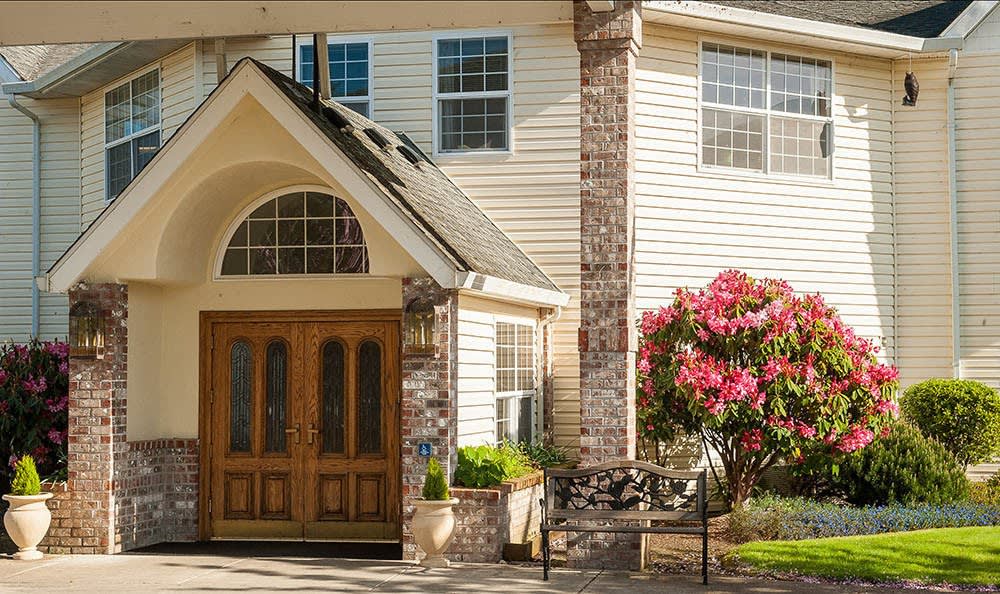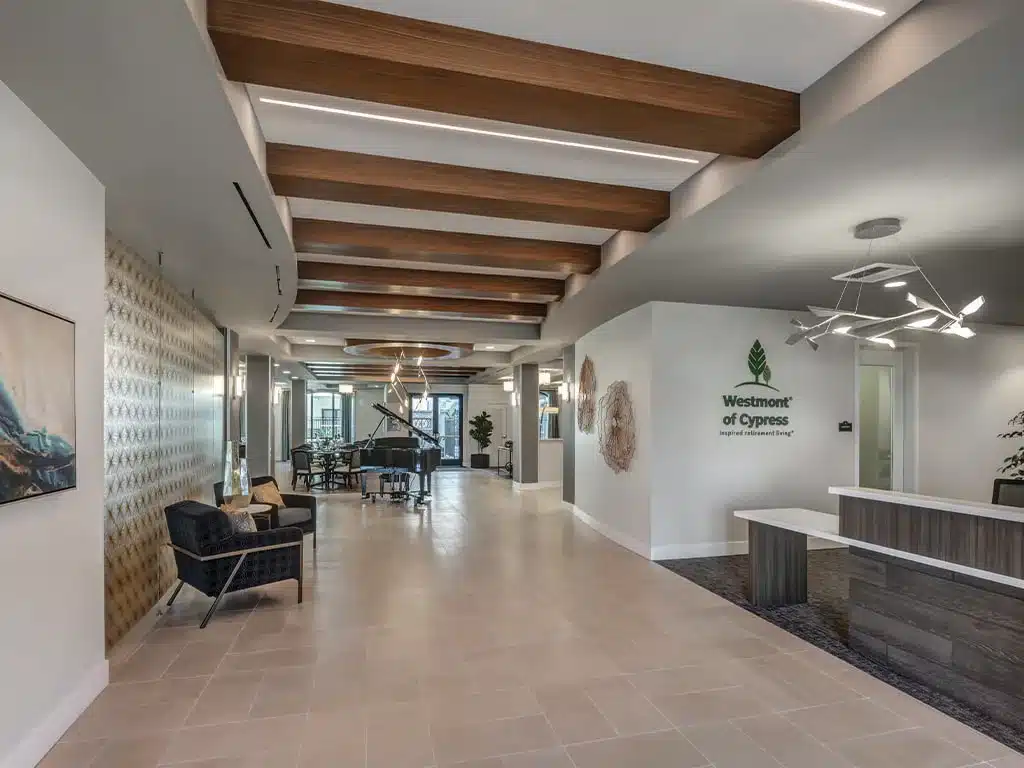
The Best Hobbies For Seniors To Improve Cognitive Health
Discover Engaging Hobbies for Seniors to Stay Sharp Engaging in meaningful and stimulating activities is vital for seniors looking to maintain cognitive health and overall
Gain expert insights and practical tips to help seniors and their families navigate senior living with confidence.
Category: Health

Discover Engaging Hobbies for Seniors to Stay Sharp Engaging in meaningful and stimulating activities is vital for seniors looking to maintain cognitive health and overall

24-Hour Care for Seniors: Expert Support at Westmont When your loved one’s safety and comfort become top priorities, exploring 24-hour care for seniors at Westmont

5 Exciting Adult Activities For Seniors Exploring new hobbies, meeting new friends, and staying active are all essential for your well-being at Westmont Village Homes.

Music for Elderly People That Brings Back the Joy Music for elderly people is more than entertainment—it’s a lifeline to treasured moments and emotional healing.

Discover Compassionate Memory Care Cypress, CA Services Navigating memory care options in Cypress, CA, is a profoundly personal journey. You want to find a place

Discover the Best in Assisted Living Oregon Options When it comes to finding the right care for your loved ones, exploring assisted living options in

Double Vision Causes in the Elderly: What to Know & Prevent Double vision, or diplopia, can be unsettling, especially for older adults. When vision suddenly

Tasty Meals for Seniors: Recipes You Can Count On At Westmont of Fresno, we understand that every meal is more than just food—it’s an opportunity

Why Aging Eyes Need More Light for Clearer Vision As we age, changes in our eyesight can become increasingly noticeable and often frustrating. From difficulty

Discover Comfortable Independent Living Cypress CA Options When it comes to finding independent living opportunities in Cypress, CA, Westmont of Cypress offers a refreshing blend
Discover the level of care you or your family member requires.
Popular Blogs





Find out if you or your loved one’s current lifestyle is best suited for long, healthy aging.
Each of our communities across California and Oregon offers a unique blend of activities, connection, and wellness.
Embrace a lifestyle where your interests and independence are celebrated every day.
9000 Murray Drive La Mesa, CA 91942
Luxury redefined in a resort-style setting, tailored for dynamic senior living experiences.
190 Via Jero, Goleta, CA 93117
Where warmth meets care, curating an inviting senior living experience.
17050 Arnold Drive Riverside, CA 92518
A harmonious blend of belonging, independence, and enriching senior lifestyles.
All Rights Reserved. Powered by ConversionFormula.
Pick a Westmont community to explore and schedule your personal walkthrough!
Make yourself at home where a happy, healthy lifestyle goes hand-in-hand with your personal fulfillment, enrichment, and growth.
Answer a few quick questions to unlock the exciting future senior living can offer!